
Hair bands are a popular accessory for people of all ages especially girls love wearing them. It can be worn in a variety of styles when the girl’s makeup. Whether you’re looking to create hair bands for your personal use or start a business selling them, choosing the right hair band making machine is crucial to your success.
With so many options available in the market, it can be overwhelming to select the right machine that suits your specific needs.
In this article, we’ll guide you through the process of choosing the right hair band making machine, by providing tips on factors to consider such as production needs, budget, quality, user-friendly features, and types of hair bands.
I. Consider the production capacity you require
1. Know your target output
Before you start researching different models of hair band making machines, determine how many hair bands you need to produce in a given timeframe.
This will help you narrow down your search to machines that meet your required output.
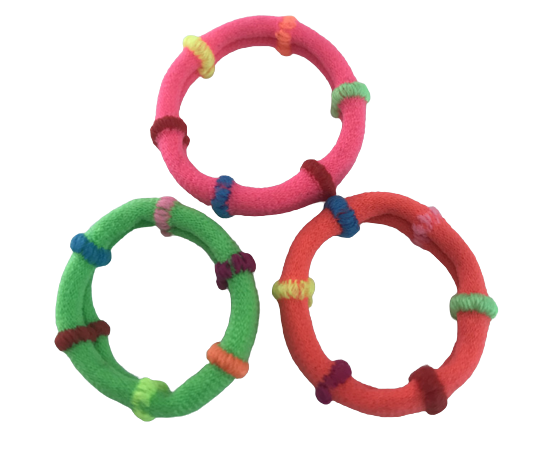
2. Choose a machine that meets your current and future production needs
Think about how your production needs may change over time and choose a machine that can handle your current production requirements such as the band width and fabric density and any future increases in demand.
The installation video, manual book, and online support will be provided by the machine manufacturer.

3. Consider the speed of the machine
The speed of the machine will directly impact its output capacity.
Make sure you choose a machine that can produce the number of hair bands you require in the time frame you need.
4. Look for machines with customizable output
Different hair band making machines may offer different customization options that allow you to adjust the output capacity to your specific needs.
Look for machines that offer this flexibility if your output needs may vary over time.
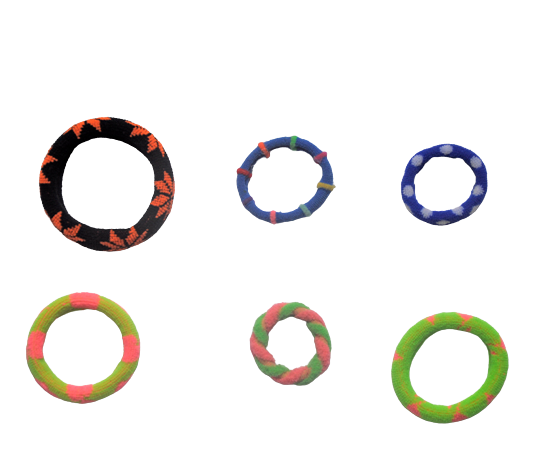
5. Factor in the available space in your factory
Consider the available space in your factory when choosing a hair band making machine.
Some machines may require more floor space due to their larger size or additional equipment, so make sure to choose a machine that fits comfortably within your factory’s layout.
II. Look for a machine that produces high-quality hair bands
1. Determine the type of hair bands you need
Different hair band making machines may be designed to produce different types of hair bands.
Before choosing a machine, make sure it’s capable of producing the type of hair band you need with the quality you require.
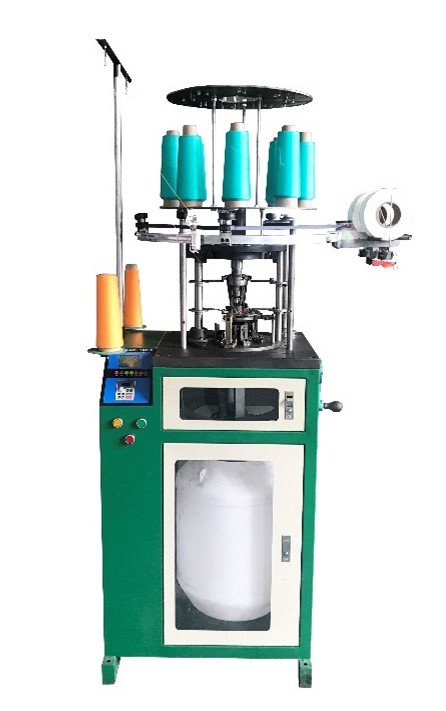
2. Look for machines with sufficient tension control
Hair bands must maintain their elasticity and shape over time to ensure they stay in place in the hair.
A machine with sufficient tension control will help you produce hair bands that maintain their shape and elasticity.

3. Choose machines with precision cutting and shaping capabilities
Precision cutting and shaping capabilities are essential for producing high-quality hair bands, as they help ensure consistent size and shape. The hair band knitting machine can set cutting lines on the hair band, it will be a good way to cut the elastic hair band into pieces. The customers can choose to set the cutting line or not by the machine control system.
4. Look for machines with consistent heat and temperature control
If you’re producing hair bands from materials that require heat and temperature control, ensure that the machine you choose can maintain consistent heat and temperature control to prevent damage to the hair bands.
5. Consider the materials that the machine can work with
Hair bands can be made from a variety of different materials such as fabric, elastic, and rubber. Make sure that the machine you choose can work with the material you need to produce high-quality hair bands.

III. Look for a machine that is versatile.
1. Consider the size and types of hair bands the machine can produce
Look for a machine that can produce different sizes and types of hair bands, to give you flexibility in your production options.
2. Look for machines with customization options
Some hair band making machines come with customizable features that allow you to adjust the product’s design, size, or pattern.
These options help you meet customer requirements and can offer competitive advantages.
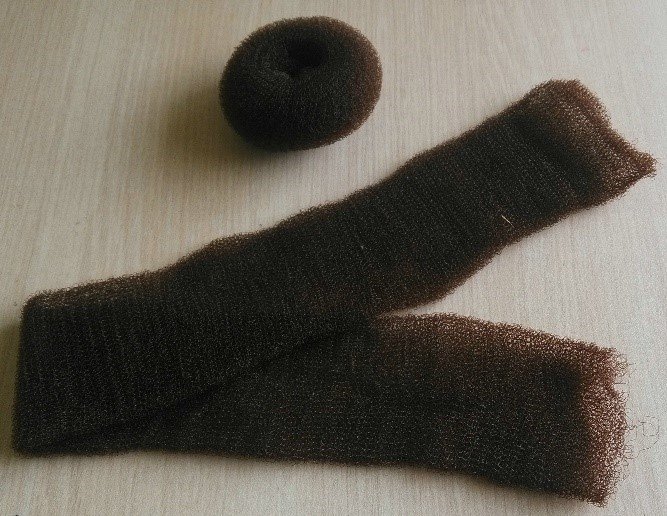
3. Consider the machine’s overall versatility
A versatile machine should be able to produce different styles and designs of hair bands to give you more production options.
Look for machines that are adaptable and can work with different materials.
4. Check if the machine requires additional equipment
Some hairband making machines require additional equipment, such as punching machines, splicing machines, and wrapping machines, to function properly.
Look for a machine that can work independently and doesn’t need extra equipment to save on cost and space.

5. Specify the production volume for different sizes and materials
If you’re looking at producing hairbands of different sizes and from different materials, ensure that the machine’s versatility also reflects on the production capacity for these different specifications.
IV. Consider the machine’s features and specifications
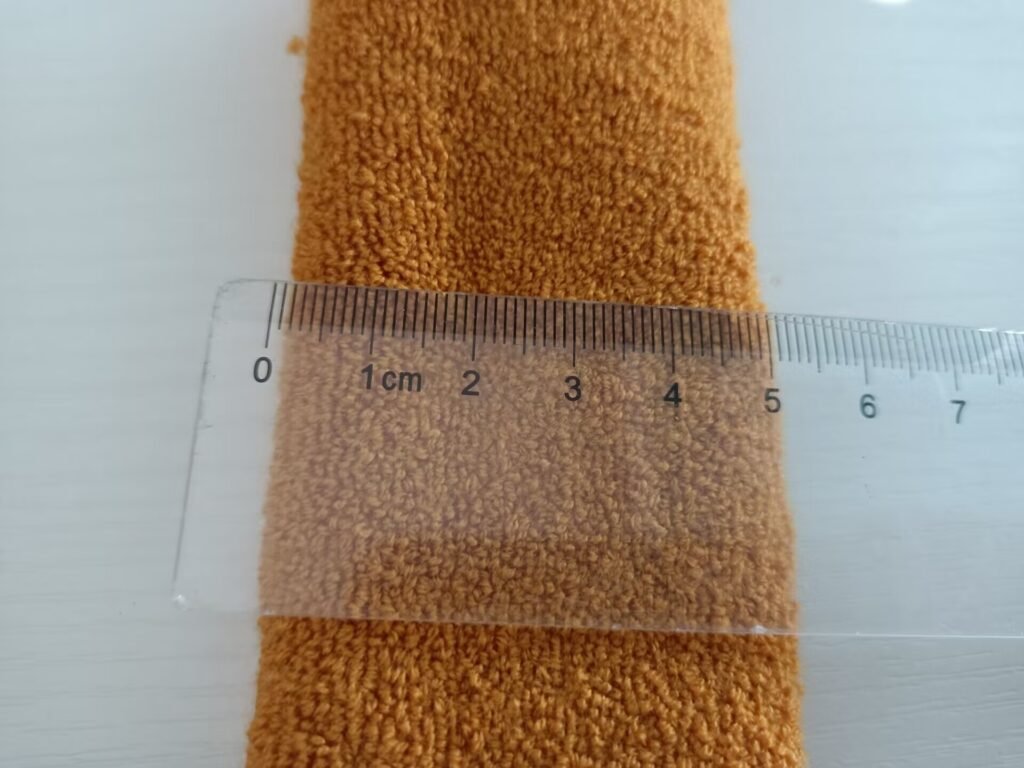
1. Speed
The speed of the machine is a critical factor to consider.
Choose a machine that can achieve the production speed you need while maintaining high-quality output.
2. Power
A hair band making machine’s power consumption should be energy-efficient without compromising on output.
Look for machines with high power efficiency ratings to minimize your production cost.
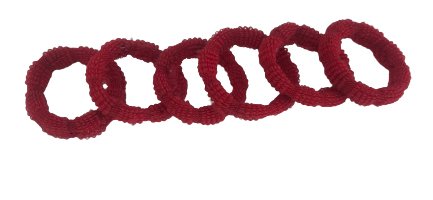
3. Maintenance
Your machine will require periodic maintenance, and if some components need replacement, you’ll want to ensure they are readily available.
Choose a machine with clear maintenance instructions and ensure that replacement parts are easy to find.
4. Ease of use
It’s important to choose a hair band making machine that’s user-friendly and easy to learn.
A machine with a simple interface would make it easy to operate by the most basic skilled operator in the factory floor.
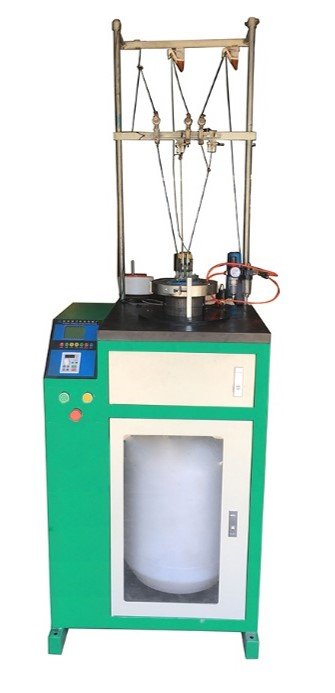
5. Durability
A durable machine is essential because it will be subject to wear and tear.
Choose a machine with a high-quality build and made of strong materials to withstand the production workload and last longer.
6. Software integration
Machines that can be integrated with software or computers have a distinct advantage because it enables remote monitoring, easy workflow management, and efficient production reports.

By discussing these key features and specifications of a hair band machine, potential customers will have a better understanding of what to consider, and what questions to ask during the purchase or selection process, and ultimately equip themselves with the necessary information to make an informed decision.
V. Look for a machine with excellent customer service and technical support
1. Responsiveness
Choose a manufacturer or supplier that is known for its responsive customer service.
If you encounter any issues or problems, you don’t want to be left waiting for days for a response.
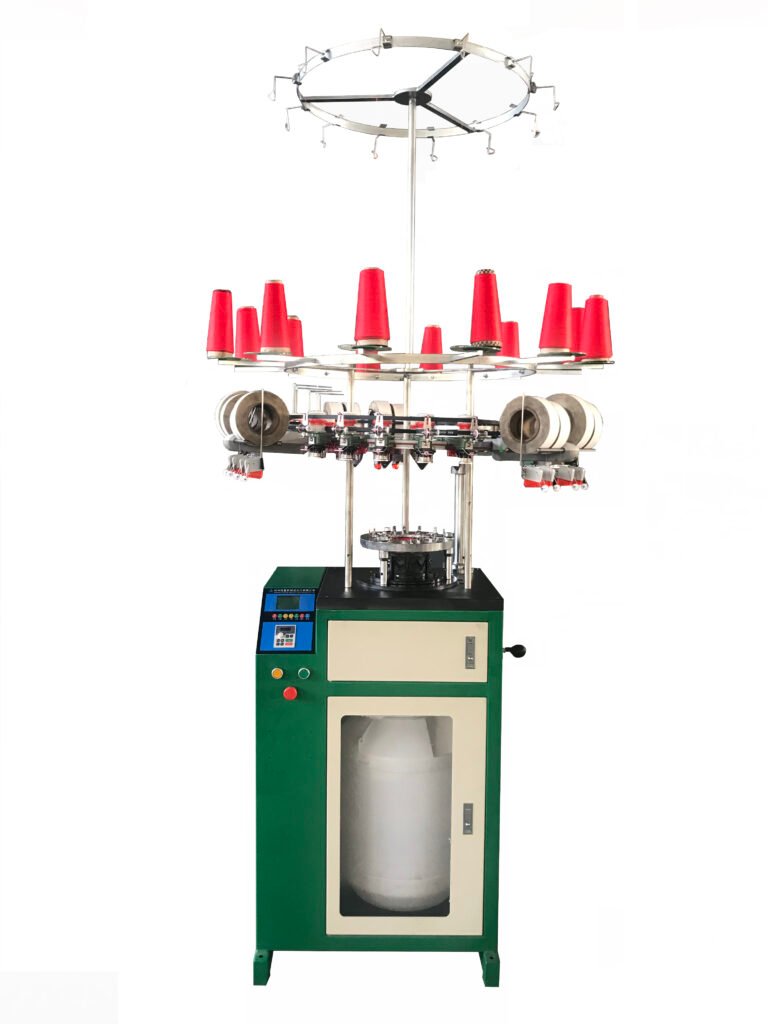
2. Expertise
Look for a company with experienced and knowledgeable technical support staff.
They will be able to provide detailed solutions to any technical or operational issues, thus ensuring minimum downtime and optimal machine performance.
3. Track record
Before making a purchase, research the track record of the machine supplier or manufacturer.
Look for a company with a history of providing excellent customer service and technical support.
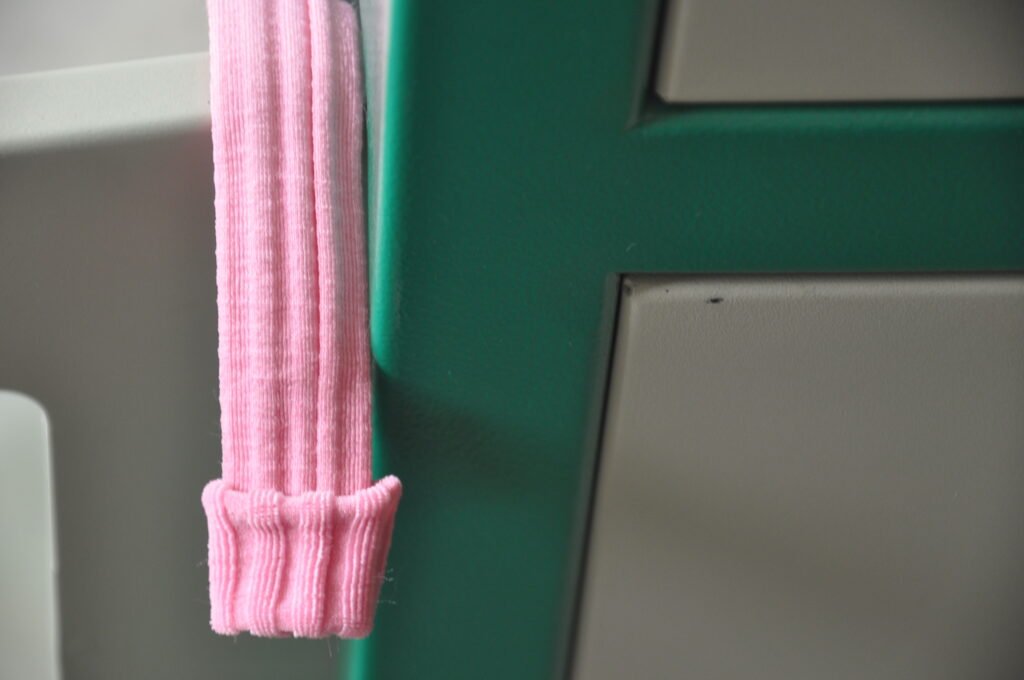
4. Warranty
Most hair band making machines come with a warranty to cover defective parts or components.
Ensure that the warranty includes timely repair or replacement services and minimize disruptions in production & revenue loss.
5. Training
The manufacturer, supplier, or distributor should provide appropriate training to your staff.
This training should cover the installation process, initial setup, operation, and maintenance of the hair band making machine.

6. Availability of spare parts
Having continuously available, quality spare parts for the hairband making machine is essential. It minimizes disruption in production and post-sale maintenance cost.
Choosing the right hair band making machine requires careful consideration of various factors such as production capacity, quality of output, versatility, the machine’s features and specifications, and customer service & technical support.
It is important to assess your specific requirements and expectations, research different brands and models to find the one that best suits your needs, and ensure that you buy from a reliable manufacturer, supplier or distributor.
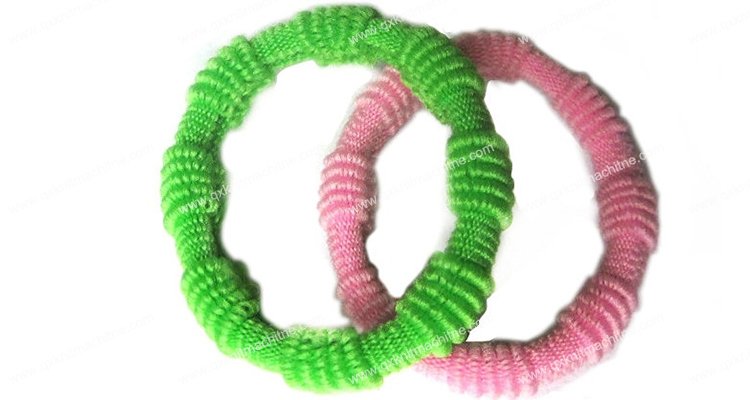
A warm tip, when it comes to making hair accessories, there are many factors to consider. If you’re interested in creating loose and comfortable headbands, you’ll want to look for a headband making machine that can handle soft materials like cotton and elastic. These types of machines are ideal for producing headbands that are perfect for casual wear or sports activities. On the other hand, if you’re looking to create more intricate designs, you may want to consider a hair band making machine. These machines are designed to produce small, elastic bands that can be used for a variety of hairstyles.
Taking the time to consider these factors can help you invest in a hair band making machine that meets your production goals, keeps your customers satisfied, and ultimately maximizes your business profits.

